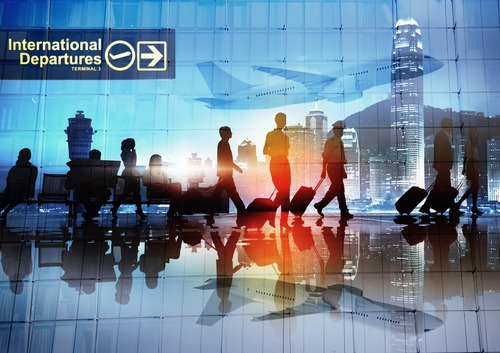
The International Air Transport Association (IATA) recently released the February global passenger traffic results, showing a second month of strong growth of passenger demand in 2017.
“The strong demand momentum from January has continued, supported by lower fares and a healthier economic backdrop,” IATA’s Director General and CEO Alexandre de Juniac said. “Although we remain concerned over the impact of any travel restrictions or closing of borders, we have not seen the attempted US ban on travel from six countries translate into an identifiable traffic trend. Overall travel demand continues to grow at a robust rate.”
Total revenue passenger kilometers (RPKs) rose 4.8 percent, compared to the same month last year. Taking into account that February 2016 was a leap year and adjusting for this February’s one fewer day, the underlying growth rate was estimated at 8.6 percent, which was just under January’s increase of 8.9 percent.
Allowing for inflation, IATA estimates that the price of air travel has fallen by more than 10 percent in real terms over the past year. This accounts for more than half the growth in RPKs so far in 2017.
February international passenger demand rose 5.8 percent compared to last year, while domestic travel demand rose 3.3 percent.
IATA has also stated that some early year aviation shocks — such as the attempted ban on travel to the United States by citizens of six countries and the restriction on the carry-on of large electronic items from certain airports in the Middle East and North Africa on direct flights to the United States and the UK — have affected passenger travel.
“It’s intolerable that governments continue to add to the uncertainties facing the air transport industry by failing to engage airline operational know-how on issues that can damage public confidence,” de Juniac said.
“The introduction of restrictions on the carry-on of large electronic devices was a missed opportunity and the result was a measure that cannot stand-up to the scrutiny of public confidence in the long term. Although Australia’s measures were also implemented without consulting the industry, they at least demonstrate the potential to mitigate the threat with less disruptive means. We all want to keep flying secure. And we can do that most effectively by working together,” he said.